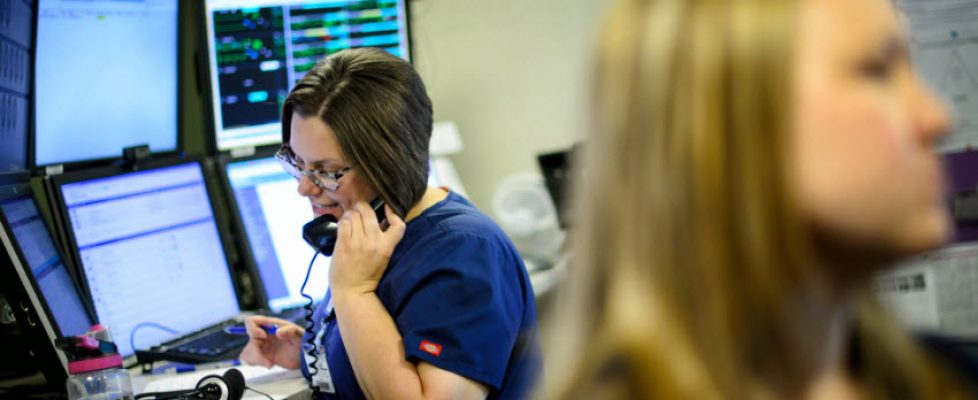Remote patient monitoring enables better patient engagement
Remote patient monitoring enables patients to be proactive about their health while providing their physicians or care teams with greater insight.
Technology continues to change how consumers interact with businesses, including healthcare organizations. In particular, the use of IoT in remote patient monitoring (RPM) can have a positive effect on patient engagement and can improve a hospital’s bottom line.
Patients with diabetes, heart disease and other chronic illnesses find value in having healthcare professionals monitor their well-being remotely. RPM enables patients to be proactive about their care to avoid complications or react to possible life-threatening changes in their health. By adopting remote patient monitoring using connected medical devices and mobile apps, healthcare providers can monitor vital signs, sleep, physical activity and mental health at regular frequencies.
However, remote patient monitoring doesn’t always focus on the capture of vitals. Products that were shown at CES 2019 help patients with medication dispensing and reminders. These types of uses highlight that physicians have the opportunity to monitor medical adherence remotely to ensure their patients are following their directive when it comes to prescriptions.
Although IoT and remote patient monitoring offer several benefits for patients and providers, hospitals can find it challenging to justify the business case for the investments necessary to roll out the technology. Remote patient monitoring requires a significant investment in IT infrastructure, security, equipment and staff training in order to get it going. Compared to the costs associated with implementing and supporting the technology, low reimbursements from payers may make it difficult to warrant the investment.
One approach to consider when making the case for introducing remote patient monitoring and management services is the opportunity to retain and gain new patients. Patients want to be more engaged in their care and with their healthcare provider, and these monitoring services offer an incentive to drive more patient traffic through the doors and ensure that existing patients are seeing value from greater engagement.
Remote monitoring also opens new revenue streams for some healthcare organizations. Hospitals looking to add premium health services that allow physicians to directly reach out to patients after identifying issues from remote patient monitoring can do so as part of a subscription or monthly service fee. These fees offer patients additional benefits that add convenient, direct and close contact with their care providers.
Despite the new opportunities remote patient monitoring services offer patients and healthcare organizations, the introduction of more technology that patient data flows into and out of increases concerns around security, privacy and liability. While IoT enables patients to stay connected to their healthcare provider outside of the hospital, healthcare organizations should consider the aforementioned factors before deciding to roll the technology out.

